Plant-friendly soil microbes outgrew their peers when exposed to white noise in the lab Blasting your favorite playlist can energize your workout. The same is true of fungus—although most people might find its tastes in tunes a bit strange. Fungal soil microbes may get a boost of energy from white noise, according to new research that found the microbes exposed to a particular sound frequency in the lab grew faster. Scientists say they hope the findings, out today in Biology Letters, could lead to sonic techniques that spur the growth of microbes that play critical supportive roles in plant microbiomes, helping rejuvenate stressed ecosystems. Hofstetter’s research has shown a mold called Botrytis cinerea, which grows on fruit including strawberries, gets a growth boost from the acoustic vibrations of refrigerators. Sound has also been shown to boost the growth of Escherichia coli. Both these studies used frequencies of a few thousand hertz (Hz), a high-pitched humming sound the microbes seemed to dig. Other work has shown leaf-dwelling microbes that produce desirable flavor compounds in wine made from Syrah grapes respond to music from the Baroque and early Classical eras.
 newspaceeconomy.ca
newspaceeconomy.ca
The field of UFO research has long been riddled with controversy, skepticism, and intrigue. Central to this complexity are UFO hoaxes—deliberate attempts to fabricate sightings or evidence of extraterrestrial encounters. UFO hoaxes have significantly shaped public perception and the credibility of UFO research, often casting doubt on legitimate sightings and creating obstacles for serious investigators. This article provides a comprehensive examination of some of the most famous UFO hoaxes, the motivations behind them, their impact on public perception, and how they have been debunked over the years. **The Legacy of UFO Hoaxes** The legacy of UFO hoaxes is a double-edged sword. On one hand, hoaxes have kept the public’s interest in UFOs alive, contributing to the widespread fascination with extraterrestrial life and unexplained phenomena. However, they have also made it much more difficult for serious researchers to conduct credible investigations without being overshadowed by skepticism and ridicule. For UFO research to advance and be taken seriously by the scientific community, it is essential to separate hoaxes from genuine sightings and evidence. The continued investigation into unexplained aerial phenomena (UAPs) by organizations like the Pentagon’s UAP Task Force and NASA’s UAP Study Team suggests that UFO research is evolving beyond the realm of hoaxes and conspiracy theories. By debunking hoaxes and promoting transparent, evidence-based research, the UFO community can move forward in its quest to understand the mysteries of the skies and possibly uncover answers to one of humanity’s oldest questions: are we alone in the universe?
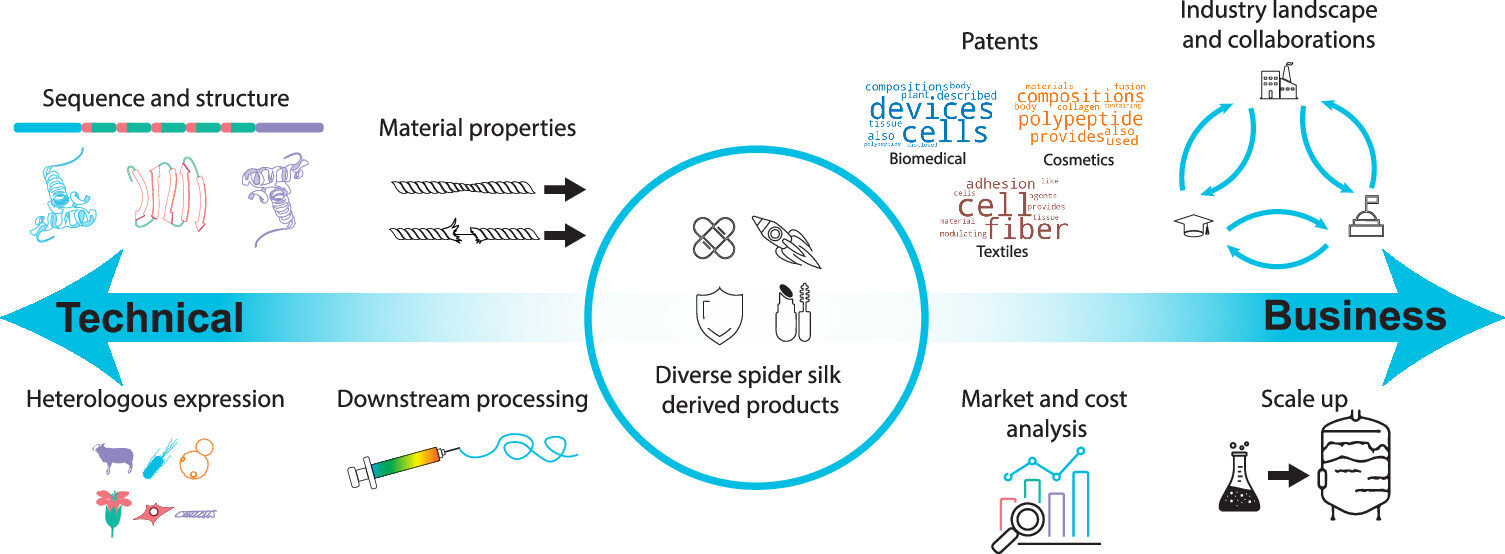 phys.org
phys.org
**Spinning at scale** One of the biggest challenges in spider silk production is how to produce it at scale, because, as it turns out, spiders are very territorial and cannibalistic, making large spider farms problematic (and terrifying). To combat this, scientists have turned to genetically modifying other living organisms to carry the silk-producing gene—a process called heterologous expression. Some scientists have even spliced spider-silk genes into goats who produce the silk in their milk. Others are looking at alfalfa, silkworms, yeast and even bacteria as possible producers, although the silk can be toxic to its hosts. Reducing this toxicity remains an active area of research.
 www.scientificamerican.com
www.scientificamerican.com
Physicists have detected a long-sought particle process that may suggest new forces and particles exist in the universe Once in a very great while, an ephemeral particle called a kaon arises and then quickly decays away into three other obscure entities. Whether or not this happens in a particular way has very little bearing on most of us, who will go about our lives without knowing either way. But to physicists who have been searching for this arcane process for decades, it matters a lot; finding out how often it happens could reveal hidden aspects of our universe. Now, for the first time, scientists have observed this rare decay, and they have found that it might have slightly higher odds of occurring than its predicted chance of about one in 10 billion. If that turns out to be true, some unseen actor must be interfering in the decay—potentially a new particle or force previously unidentified in nature.
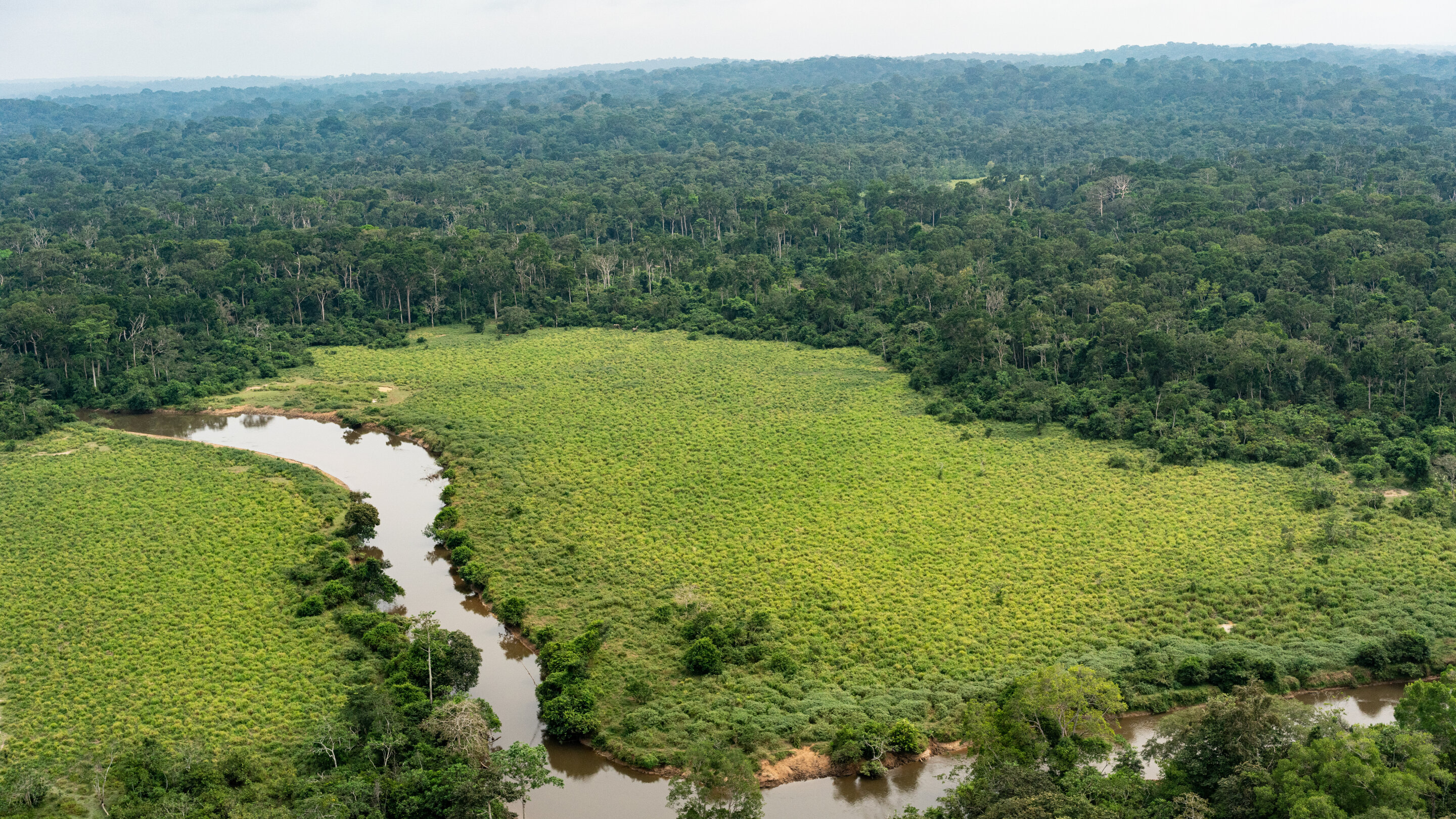 phys.org
phys.org
"Tropical rainforest" might conjure images of close-packed trees, dense humidity, and the din of animal calls. But rainforests host landscapes beyond that archetypal one, including vast, treeless clearings that seemingly appear out of nowhere. These strange, sudden canopy gaps, called bais, are located only in the rainforests of the Congo Basin of west-central Africa. Some stretching the length of 40 football fields, and some only a few hundred feet across, bais are the world's largest known natural forest clearings, and they seem to play a big role in the rainforest's highly complex, biodiverse environment.
The exoplanet’s surface is about 257° Fahrenheit and a full year lasts just over three Earth days. Astronomers have discovered a small exoplanet orbiting Barnard’s star, the closest single star to our sun. This newly discovered exoplanet designated as Barnard b [2] has at least half the mass of Venus and it takes just over three Earth days for it to orbit the sun. Its very existence hints at three more exoplanet candidates in various orbits around Barnard’s star. The findings are detailed in a study published October 1 in the journal Astronomy and Astrophysics. **What is Barnard’s star?** Barnard’s star is a red dwarf about six light-years away from our sun and six light-years away from Earth. It is considered the closest single star and second closest stellar system to us, following Alpha Centauri’s three-star group. It is too dim to be seen with the naked eye despite being so close to us, but can be observed with telescopes. Red dwarf stars like these are also prime candidates in the search for potentially Earth-like exoplanets. Low-mass rocky planets are easier to detect near red dwarfs than around larger stars like our sun, as these stars have cooler temperatures and a temperate zone that is much closer to the star’s surface than hotter stars like the sun. This means that any planet orbiting the star within their temperate zone orbits it in a shorter period of time. Astronomers can then monitor them over days or weeks, instead of years.
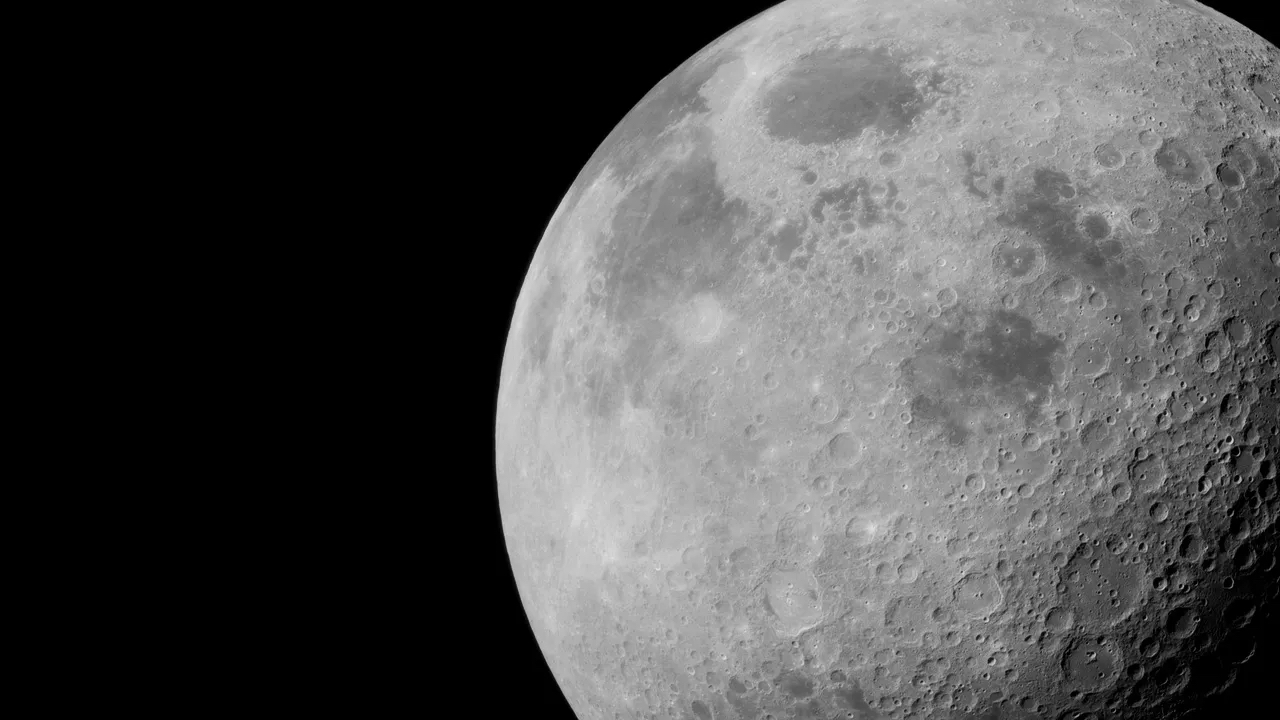 www.universetoday.com
www.universetoday.com
The general consensus is that Theia crashed into Earth billions of years ago and led to the formation of the Moon. The story doesn’t end there though since there are a few lines of evidence to suggest the Moon could have been captured by the gravitational pull of the Earth instead. The orbit of the Moon is one such observation that leads to a different conclusion for it’s in-line with the plane of the ecliptic rather than the Earth’s equator. A team of researchers have suggested capture theory was the Moon’s origin. The Giant Impact Theory is by far the most widely accepted theory to explain the origin of the Moon. In the theory, Theia is thought to have crashed into the Earth 4.5 billion years ago. Following the catastrophic impact, debris from Earth and Theia was ejected out into space and, over time the material is thought to have coalesced to form the Moon. There is a lot of evidence to suggest this, such as the lunar composition which is very similar to the mantle of Earth. The data collected from lunar soil samples from over 6 Apollo missions revealed calcium rich, basaltic rocks. The composition was identified by chemical and isotopic analysis and was dated at 60 million years after the formation of the Solar System. Using this information, planetary scientists concluded that, due to the similar with the Earth’s mantle, the Moon must have formed from the collision. That was back in 1984. A new piece of research published in the Planetary Science Journal by Darren Williams from Penn State Behrend in Pennsylvania and Michael Zugger from the Applied Research Lab at Penn State proposes an alternative. They suggest that instead, the moon was captured during a close encounter between a young Earth and a terrestrial binary — the moon and another rocky object.
UFO Researcher Breaks Down His MIND BLOWING "Orb/Sphere Theory"
 phys.org
phys.org
A man who tried to breed enormous hybrid sheep using genetic material from endangered animals so he could sell them to trophy hunting ranches has been sentenced to six months in prison, the US Department of Justice said Monday. Arthur Schubarth, 81, illegally imported parts of the world's largest species of sheep from Kyrgyzstan, which he used to create cloned embryos in the United States. The resulting embryos were then implanted in ewes on his Montana ranch, resulting in the birth of a genetically pure Marco Polo argali, an endangered species that can weigh more than 300 pounds (135 kilograms) and has horns more than five feet (1.5 meters) wide. Schubarth then used semen from this specimen to impregnate various species of sheep in an effort to create never-before-seen hybrids, with the goal of breeding even larger sheep. He hoped to sell the resulting animals to "canned" hunting ranches, facilities where customers pay to shoot captive animals, and where bigger animals can command higher prices.
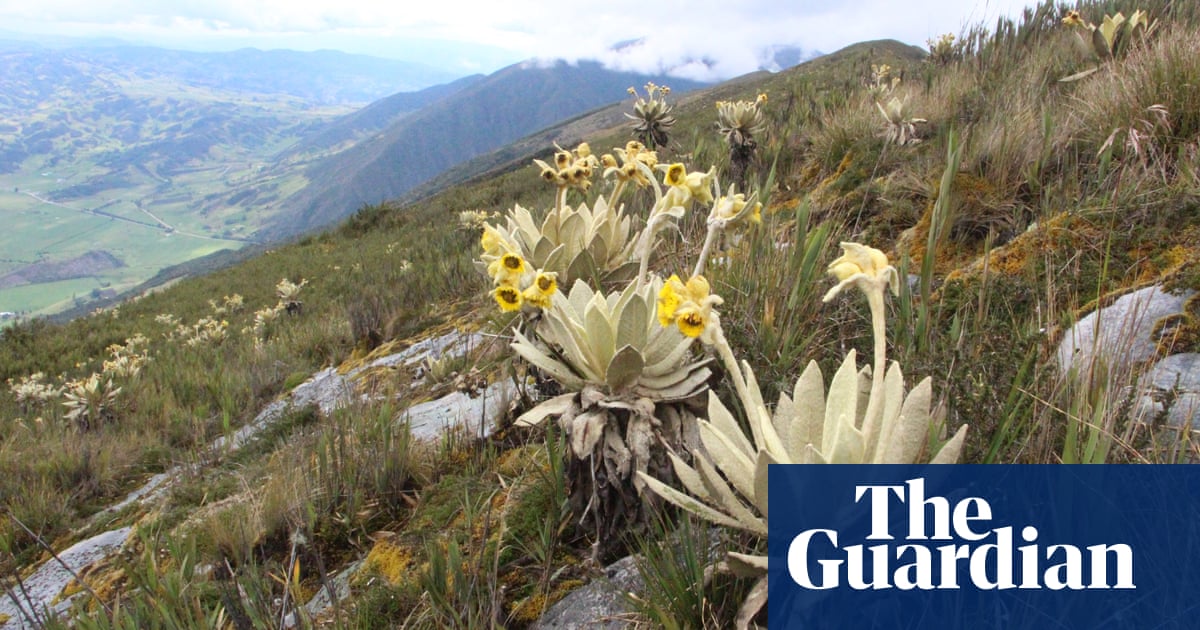 www.theguardian.com
www.theguardian.com
Kew study reveals areas with at least 100,000 undiscovered plant species – most likely to be under threat of extinction Botanists have identified 33 “dark spots” around the world where thousands of plant species are probably waiting to be discovered, according to new research. From a palm tree in Borneo that flowers underground to a Malagasy orchid that spends its life growing on other plants, researchers are still making dozens of new species discoveries every year. But with more than 100,000 plant species believed to be undiscovered, the majority of which are believed to be at risk of extinction, a new project led by Kew’s Royal Botanic Gardens is highlighting parts of the world where botanists should be concentrating their search. From Madagascar to Bolivia, scientists have identified the areas of plant diversity in an effort to turbocharge identification.
 knowablemagazine.org
knowablemagazine.org
How the bioluminescent petunia got its glow Petunias have never done much for me. If you had told me that one day, I’d fork over more than $50 for a single petunia plant, my eyes would have rolled out of my head. But this plant was special. This petunia glowed in the dark. My plant was one of 50,000 shipped around the United States in April by the Idaho-based biotech start-up Light Bio. Called the “Firefly” petunia, it contains genes from bioluminescent mushrooms that make it constantly glow.... Bioluminescence is the emission of light by living things. It is generated by a chemical reaction within the organism (unlike the phosphorescence of glow-in-the-dark stickers, which need to be charged up with light before emitting it). Bioluminescence is widespread, especially in the oceans: There are bacteria, sea snails, shrimp, fish and squid that glow. Terrestrial glowers include some insects and worms as well as fungi. Scientists have worked out the precise chemical compounds involved for only a handful of bioluminescent organisms. But for the most part, the basics of the light-producing reaction are the same: It requires fuel, oxygen and a catalyst to get the reaction going. In the parlance of bioluminescence research, the fuel is called the luciferin and the catalyst is called the luciferase. The luciferase helps to add oxygen to the fuel, transforming it into a very reactive, high-energy compound. As this overexcited luciferin relaxes, it emits light. This ability to produce light has been documented in hundreds of genera across the tree of life. Scientists think it evolved independently in various lineages, perhaps more than 94 different times.
 cfz.org.uk
cfz.org.uk
**The Centre for Fortean Zoology (CFZ) is a professional and scientific organisation dedicated to cryptozoology: The study of unknown animals and allied disciplines** Since 1992, we have carried out extensive research into mystery animals and animal mysteries around the globe. We produce a weekly WebTV show called On The Track (OTT), which covers Cryptozoology, Natural History and Green Issues, all mixed with a little light comedy. We also operate our own publishing house, producing both magazines and books on subjects that would otherwise not see the light of day. **OTT Xtra #303.1: A look at Animals & Men #77** [https://www.youtube.com/watch?v=qyW9hjU6wPk](https://www.youtube.com/watch?v=qyW9hjU6wPk)
 www.scientificamerican.com
www.scientificamerican.com
“Fake news”-style misinformation is only a fraction of what deceives voters. Fighting misinformation will require holding political elites and mainstream media accountable Policy makers, pundits and the public widely accept that social media users are awash in “fake news,” and that these false claims shape everything from voting to vaccinations. In striking contrast, however, the academic research community is embroiled in a vigorous debate about the extent of the misinformation problem. A recent commentary in Nature argues, for example, that online misinformation is an even “bigger threat to democracy” than people think. Meanwhile, another paper published in the same issue synthesized evidence that misinformation exposure is “low” and “concentrated among a narrow fringe” of users. Others have gone further and claimed that concerns around misinformation constitute a moral panic or are even themselves misinformation. So should everyone stop worrying about the spread of misleading information? Clearly not. Most researchers agree that a major problem does indeed exist; the disagreement is simply over what exactly that problem is, and therefore what to do about it.
 www.theguardian.com
www.theguardian.com
Evidence of highly organised urban settlement found during survey work for solar farm near Great Staughton The well-preserved remains of a Roman town discovered during survey work for a solar farm in Cambridgeshire have been given heritage protection status as a scheduled monument. The buried archaeological features of the settlement near Great Staughton extend across 31 hectares (77 acres) and include ditches, pits, post holes, and gravel surfaces that represent roads or yard areas. The remains show the extensive streets and buildings of a highly organised Roman settlement of an urban character, Historic England said. Recovered artefacts include pottery, animal bone, glass, copper alloy objects, iron objects, coins and shells. Evidence also suggests there may have been pottery kilns and blacksmith forges.
 techxplore.com
techxplore.com
Their device needs no electricity, as it extracts water from the air using nothing more than gravity and relies on cheap, readily available materials. Along with keeping the solar cells and other semiconductor technologies cool, the water can be repurposed for irrigation, washing, cooling buildings on which the solar cells are placed, and other applications. Scientists estimate that the atmosphere contains six times more water than all the fresh water in the rivers combined.
 phys.org
phys.org
For the first time ever, researchers have witnessed—in real time and at the molecular-scale—hydrogen and oxygen atoms merge to form tiny, nano-sized bubbles of water. The event occurred as part of a new Northwestern University study, during which scientists sought to understand how palladium, a rare metallic element, catalyzes the gaseous reaction to generate water. By witnessing the reaction at the nanoscale, the Northwestern team unraveled how the process occurs and even uncovered new strategies to accelerate it. Because the reaction does not require extreme conditions, the researchers say it could be harnessed as a practical solution for rapidly generating water in arid environments, including on other planets.
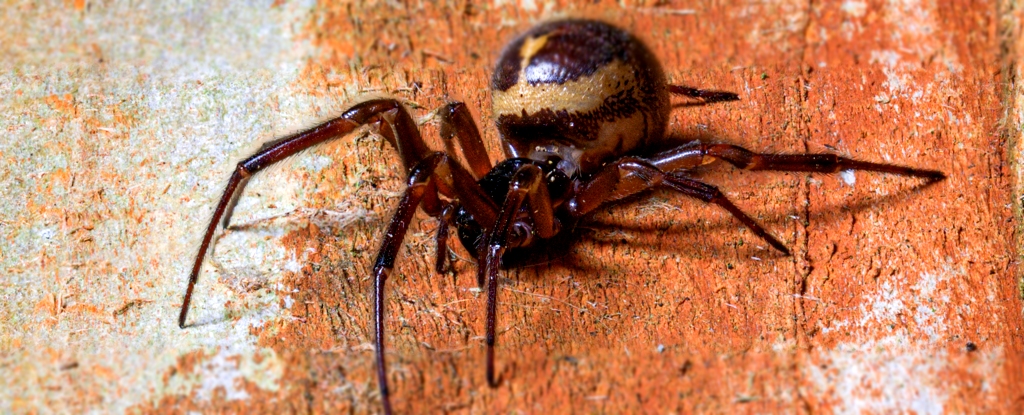 www.sciencealert.com
www.sciencealert.com
The video shows a noble false widow's web, located outside a bedroom window of the house in Chichester, with a small mammal ensnared in the silk. Later analysis of the mammal's remains helped researchers identify it as a pygmy shrew. The shrew was still alive in the web, the researchers report, although it was only seen making a few slight movements near the beginning of its ordeal. That's probably due to the spider's powerful neurotoxic venom, which is known to cause rapid neuromuscular paralysis. The spider was seen moving back and forth between the shrew and the rafters above the window, using silk to hoist the shrew upward about 25 centimeters, the researchers report. After 20 minutes, the spider had lifted its prey into the rafters, partially out of view. It wrapped the shrew in silk, fed on it for three days, and then dropped what was left out of its web. According to the researchers, "the remains of the shrew were nothing but fur, bones, and skin".
 www.bbc.co.uk
www.bbc.co.uk
Diego Garcia, a remote island in the Indian Ocean, is a paradise of lush vegetation and white-sand beaches, surrounded by crystal blue waters. But this is no tourist destination. It is strictly out of bounds to most civilians - the site of a highly secretive UK-US military base shrouded for decades in rumour and mystery. The island, which is administered from London, is at the centre of a long-running territorial dispute between the UK and Mauritius, and negotiations have ramped up in recent weeks. The BBC gained unprecedented access to the island earlier this month. **But there are also clues pointing to its brutal past.** When the UK took control of the Chagos Islands - Diego Garcia is the southernmost - from former British colony Mauritius, it sought to rapidly evict its population of more than 1,000 people to make way for the military base. Enslaved people were brought to the Chagos Islands from Madagascar and Mozambique to work on coconut plantations under French and British rule. In the following centuries, they developed their own language, music and culture. In 1967, the eviction of all residents from the Chagos islands began. Dogs, including pets, were rounded up and killed. Chagossians have described being herded onto cargo ships and taken to Mauritius or the Seychelles. The UK granted citizenship to some Chagossians in 2002, and many of them came to live in the UK. In testimony given to the International Court of Justice years later, Chagossian Liseby Elysé said people on the archipelago had lived a “happy life” that “did not lack anything” before the expulsions. “One day the administrator told us that we had to leave our island, leave our houses and go away. All persons were unhappy. But we had no choice. They did not give us any reason,” she said. “Nobody would like to be uprooted from the island where he was born, to be uprooted like animals.” **Chagossians have fought for years to return to the land.** Mauritius, which won independence from the UK in 1968, maintains that the islands are its own and the United Nations' highest court has ruled, in an advisory opinion, that the UK's administration of the territory is "unlawful" and must end. It said the Chagos Islands should be handed over to Mauritius in order to complete the UK's “decolonisation”.
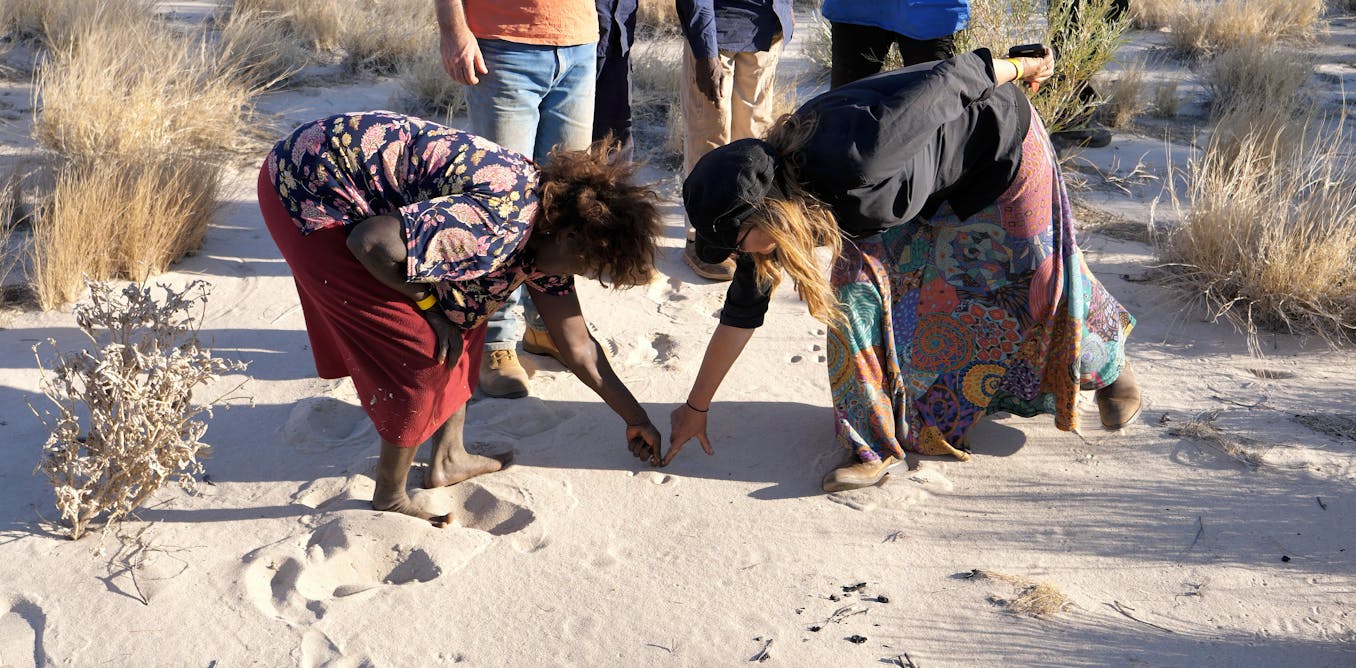 theconversation.com
theconversation.com
As animals move across the desert, they leave tracks, diggings and droppings. For skilled trackers, reading these signs is like watching a movie. A story of who was there and what they were doing unfolds in front of them. In this way, many Indigenous Australians know where the goannas (jalangardi in Yawuru) are fat and abundant, when bilby (jitartu in Karajarri) burrows are occupied, and whether the bush turkeys (parrkara in Karajarri) have arrived to take advantage of a freshly burnt patch. For many years, scientists have been working with Indigenous people in the desert to record these observations in a systematic way. Taking a standard approach enables comparisons between data from different people, times and places, so trends can be detected.... **Monitoring desert wildlife is a skill** It’s not always easy to see animals in the desert. Most are nocturnal, secretive, and spend much of their time underground. Numbers can fluctuate widely, dwindling during droughts and booming after rain. This means we need to collect a lot of data — over a long time and over a vast area — to tell what is going on. Fortunately, Indigenous Australians continue to inhabit and look after desert landscapes using deep knowledge of their Country and exceptional observational skills. Our deserts contain one of the largest networks of Indigenous-managed land in the world. The wellbeing of Indigenous Australians is inseparable from the wellbeing of Country: (“healthy Country, healthy people”). Effective monitoring, with strong Indigenous engagement, is a essential for looking after the plants, animals and people of Australia’s desert Country. *We sincerely acknowledge the many people who contributed to this research.*
 newspaceeconomy.ca
newspaceeconomy.ca
This comprehensive article explores the taxonomy of UAP/UFO phenomena, digging deep into historical, scientific, psychological, and governmental aspects, as well as their cultural and philosophical implications. **UAP/UFO Classification by Shape** - One of the earliest and most enduring methods of classifying UAPs or UFOs is based on their reported shapes. While the specific descriptions of these objects vary, certain shapes have been consistently noted throughout decades of sightings. This section explores the most commonly reported shapes and the characteristics that define them. - Saucer or Disc-shaped: The classic flying saucer is perhaps the most iconic shape associated with UFOs. These objects are typically described as circular or elliptical, with a domed top and sometimes a flat or rounded bottom. Sightings of disc-shaped objects became especially prominent after the mid-20th century, particularly following the 1947 Roswell incident and the Kenneth Arnold sighting, which popularized the term “flying saucer.” These objects are often reported as hovering silently or moving at rapid speeds, making sudden, sharp changes in direction. Disc UFO - Cigar-shaped: Long, cylindrical objects resembling cigars are another common form of UAP. These objects may appear metallic or smooth and are often reported without any visible wings or propulsion mechanisms. Sightings of cigar-shaped UAPs date back to the late 19th century and have continued into the modern era. These objects are frequently reported in association with other aerial phenomena, such as glowing lights or smaller orbs. Cigar UFO - Triangular-shaped: Triangular UFOs have gained significant attention in the last few decades, particularly with the increase in military sightings. These objects are often described as large, silent, and triangular in shape, with lights at each corner. Triangular UAPs have been reported hovering at low altitudes or moving at high speeds with no visible means of propulsion. Some witnesses have described the objects as having a matte black surface, making them difficult to see against the night sky. Triangular UFO - Spherical or Orb-shaped: Small, glowing orbs or spherical objects are frequently reported in both daylight and nighttime sightings. These orbs may vary in size, from a few inches to several feet in diameter. They are often described as moving smoothly through the air, hovering, or darting quickly from place to place. Orb sightings are frequently linked with reports of strange electrical disturbances or interference with electronic devices. Orb UFO - Boomerang or V-shaped: Similar to triangular-shaped UAPs, boomerang or V-shaped objects are often large and silent. These objects are reported as either solid or comprised of individual lights arranged in a V-formation. They are typically seen flying at high altitudes, with witnesses noting their massive size and unusual flight patterns. - Other Shapes: In addition to the more common shapes, UAP sightings also include reports of a variety of other forms, such as egg-shaped, diamond-shaped, and amorphous objects. These objects often defy easy classification and may change shape or appear to distort their surroundings in some way.
 Bampot
Now
•
100%
Bampot
Now
•
100%
My apologies , twas merely a slip of the finger .. I shall replace the missing Z and O forthwith.
Thank you for pointing this out, Jings, I hadn't actually noticed the missing letters !
This is what happens when you play around on small phone screens without your glasses on ..ha ha
 Bampot
Now
•
100%
Bampot
Now
•
100%
Nope.. No paywall on this version here dude :-
https://www.popularmechanics.com/science/math/a20718322/building-a-time-machine/
 Bampot
Now
•
100%
Bampot
Now
•
100%
Q: How do you know space is infinite?
A: How do you know it is not ?
Conclusion : Space is infinitely unknown !
But yes ,great to see folk not only questioning these authors and articles but actually fact checking them as well ,rather than taking what is written in any given publication at type face value, and the whole idea of this page .
 Bampot
Now
•
100%
Bampot
Now
•
100%

 Bampot
Now
•
50%
Bampot
Now
•
50%
I'm curious ..Did you read this pages description ?
 Now
Now
